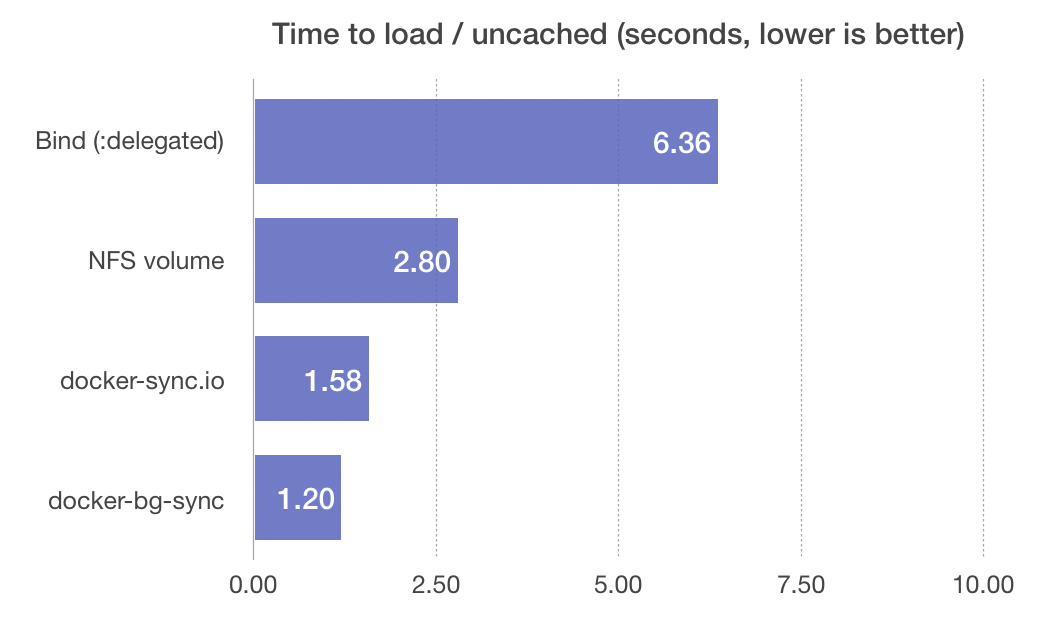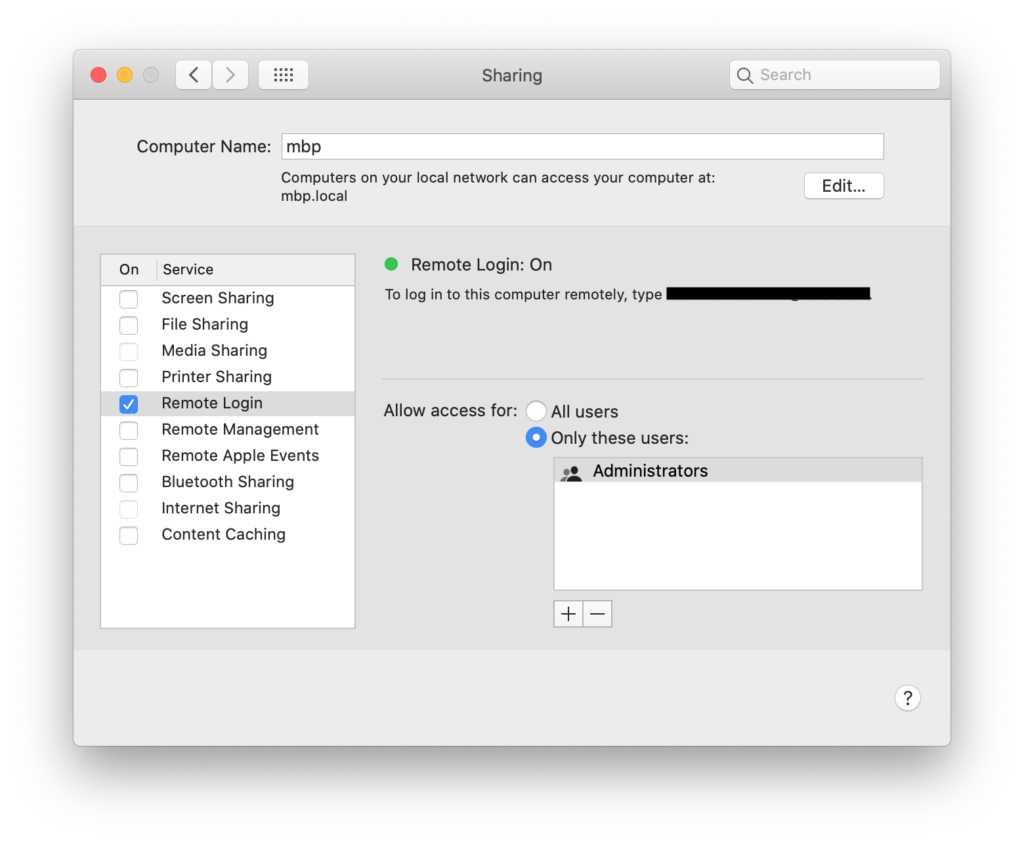

- #DOCKER FOR MAC ACCESSING FILES HOW TO#
- #DOCKER FOR MAC ACCESSING FILES DRIVER#
- #DOCKER FOR MAC ACCESSING FILES WINDOWS#
The new Windows Subsystem for Linux (WSL version 2) in combination with the Docker Desktop based on it will hopefully bring relief, but for the moment you will not be able to use volumes in docker-compose and then access the files from the host on Windows.
#DOCKER FOR MAC ACCESSING FILES DRIVER#
On Windows 10 named volume mapping using the “local” driver will not work, so you need to remove the “driver” and “driver_opts” sections in the file below. Note: This has been tested on MacOS and Linux.

To start with docker-compose, the following allows you to start Axon Server with “./data”, “./events”, and “./config” mounted as volumes, where the config directory is actually Read-Only. For this you will more likely employ docker-compose, or larger-scale infrastructural products such as Kubernetes, Cloud-Foundry, and Red Hat OpenShift. That said, Axon Server is mainly targeted at a distributed usage scenario, where you have several application components exchanging Events, Commands, and Queries. You will most likely use this for local development and demonstration scenarios, as well as for tests of Axon Framework client applications. Running Axon Server in a Docker container has several advantages, the most important of which being the compact distribution format: With one single command we have installed and started Axon Server, and it will always work in the same, predictable, fashion. Also, if you look at the data directory, you will see the ControlDB file, PID file, and a copy of the log output, while the “events” directory will have the event and snapshot data.

Now if you query the API (either using the “docker logs” command to verify startup has finished, or simply repeating the “curl” command until it responds) it will show that it is running with name “axonserver” and hostname “localhost”. Let’s start with a simple test: $ docker run axoniq/axonserver Unable to find image 'axoniq/axonserver:latest' locally latest: Pulling from axoniq/axonserver 9ff2acc3204b: Pull complete 69e2f037cdb3: Pull complete 3e010093287c: Pull complete 3aaf8fbd9150: Pull complete 1a945471328b: Pull complete 1a3fb0c2d12b: Pull complete cb60bf4e2607: Pull complete 1ce42d85789e: Pull complete b400281f4b04: Pull complete Digest: sha256:514c56bb1a30d69c0c3e18f630a7d45f2dca1792ee7801b7f0b7c22acca56e17 Status: Downloaded newer image for axoniq/axonserver:latest _ _ / \ _ _ _ _ / _| _ _ _ _ _ _ / _ \ \ \/ / _ \| '_ \\_ \ / _ \ '_\ \ / / _ \ '_| / _ \ > echo =axonserver > echo =localhost > ) > axonserver/config/axonserver.properties $ docker run -d -rm -name axonserver -p 8024:8024 -p 8124:8124 \ > -v `pwd`/axonserver/data:/data \ > -v `pwd`/axonserver/events:/eventdata \ > -v `pwd`/axonserver/config:/config \ > axoniq/axonserver 4397334283d6185506ad27a024fbae91c5d2918e1314d19fcaf2dc20b4e400cb $ Running Axon Server in a container is actually pretty simple using the provided image, with a few predictable gotchas. Note We now have a repository live on GitHub with scripts, configuration files, and deployment descriptors. This time around we’ll look at running it in Docker, both using the public image up on Docker Hub as well as with a locally built image, and why you might want to do that. We also looked at the possibilities for configuring storage locations.
#DOCKER FOR MAC ACCESSING FILES HOW TO#
In my previous post I showed you how to run Axon Server locally and configure it for secure operations.


 0 kommentar(er)
0 kommentar(er)
